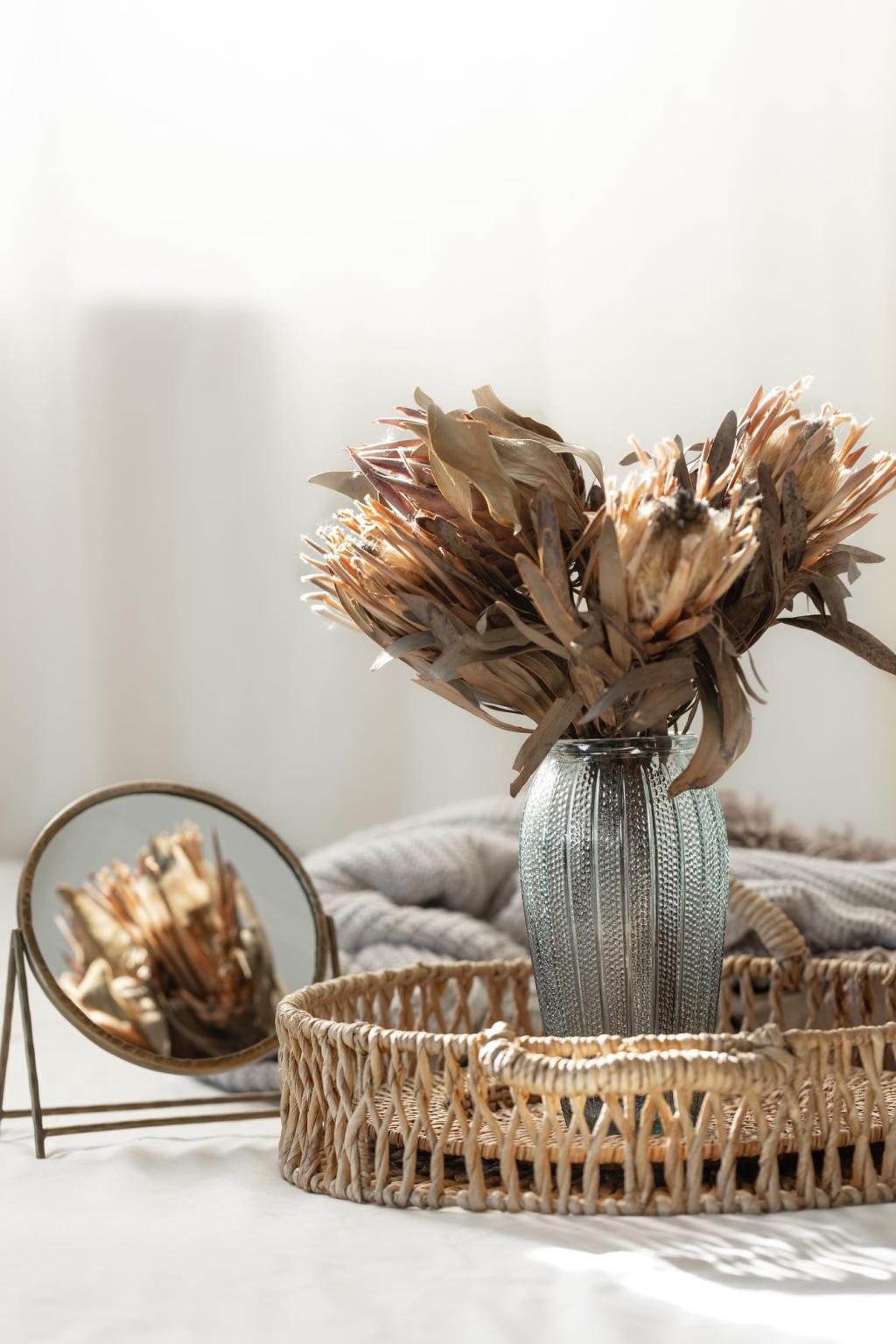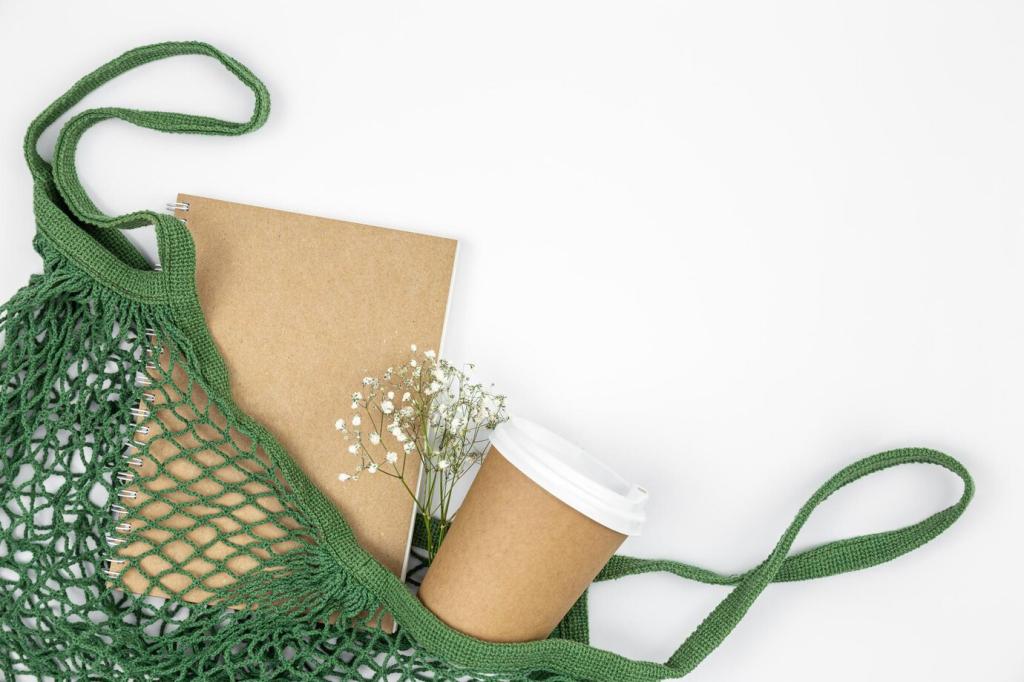
Natural Fibers in Upholstery: Honest Comfort for Real Life
Chosen theme: Natural Fibers in Upholstery. Welcome to a tactile world of breathable fabrics, time-honored craftsmanship, and materials that feel as good as they look—made to age gracefully in homes that value substance over show.
Meet the Natural Fiber Family
01
Cotton and Linen Essentials
Cotton brings softness and familiarity, while linen offers cool breathability and elegant, lived-in creasing. In upholstery, tighter weaves resist snagging, and midweight to heavyweight options perform best. Try cotton-linen blends for balanced drape, improved strength, and the gentle texture that invites everyday use.
02
Wool’s Resilience
Wool’s natural crimp gives cushions bounce, resisting sag and retaining shape over years. It is naturally flame-resistant and maintains comfort across seasons. With proper moth prevention and occasional brushing, wool upholstery develops a quiet depth of character that synthetic lookalikes rarely duplicate.
03
Hemp, Jute, and Co.
Hemp’s long, strong fibers create hardy, handsome fabrics with a subtle luster. Jute shows up in webbing beneath seats, providing supportive foundations. Coir and kapok contribute to traditional stuffing, offering spring and loft without petrochemicals. Together, they deliver durable structure with unmistakably natural charm.
Breathability and Microclimate
Cotton, linen, and wool allow air to circulate, reducing that sticky, overheated feeling common with plastic-heavy textiles. Their moisture-wicking properties help cushions stay comfortable through long movie nights and reading sessions. You’ll notice fewer clammy moments and more consistent comfort across seasons.
Abrasion, Pilling, and Martindale
Look for higher Martindale or Wyzenbeek ratings, but weigh numbers alongside weave density and fiber type. Linen and wool with tight weaves resist pilling and fuzzing, while hemp adds tensile strength. Request test data and upholstery-grade weights to ensure the fabric thrives in real households, pets included.
Sunlight and Colorfastness
Natural fibers can mellow beautifully with time, but direct sun will still fade color and weaken yarns. Rotate cushions, consider linings or window treatments, and choose lightfast dyes when bright rooms are non-negotiable. A thoughtful placement plan preserves both hue and hand for many sunny seasons.
Flax for linen thrives in cooler climates with relatively modest inputs, and well-managed wool is renewable year after year. Organic and regenerative cotton reduce chemicals and build healthier soils. Ask suppliers about farming practices and water stewardship to ensure your upholstery aligns with your environmental values.
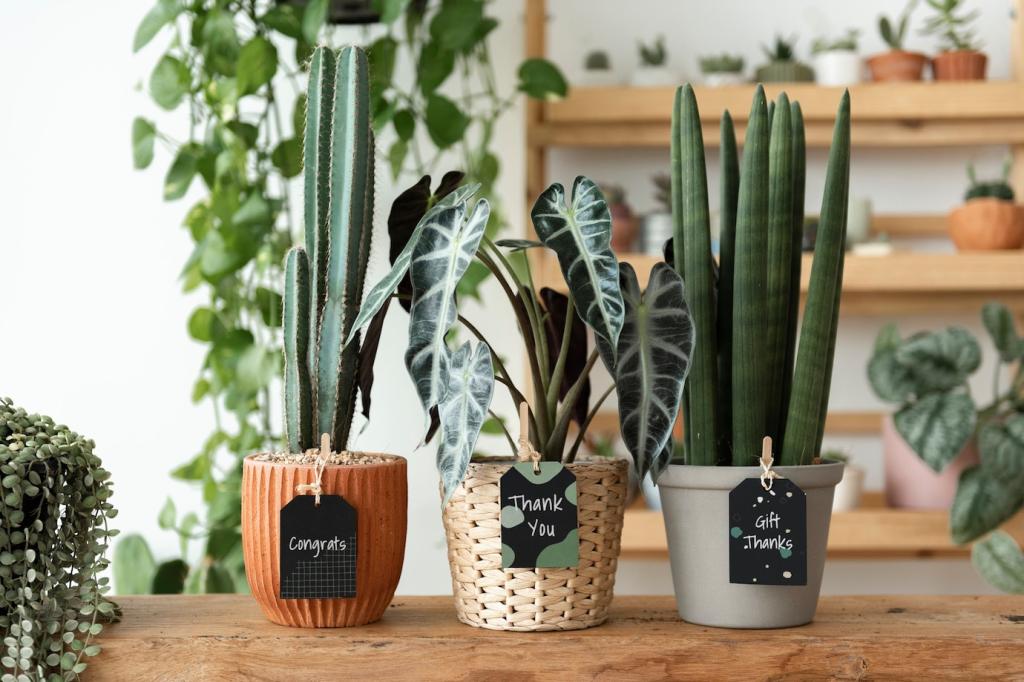
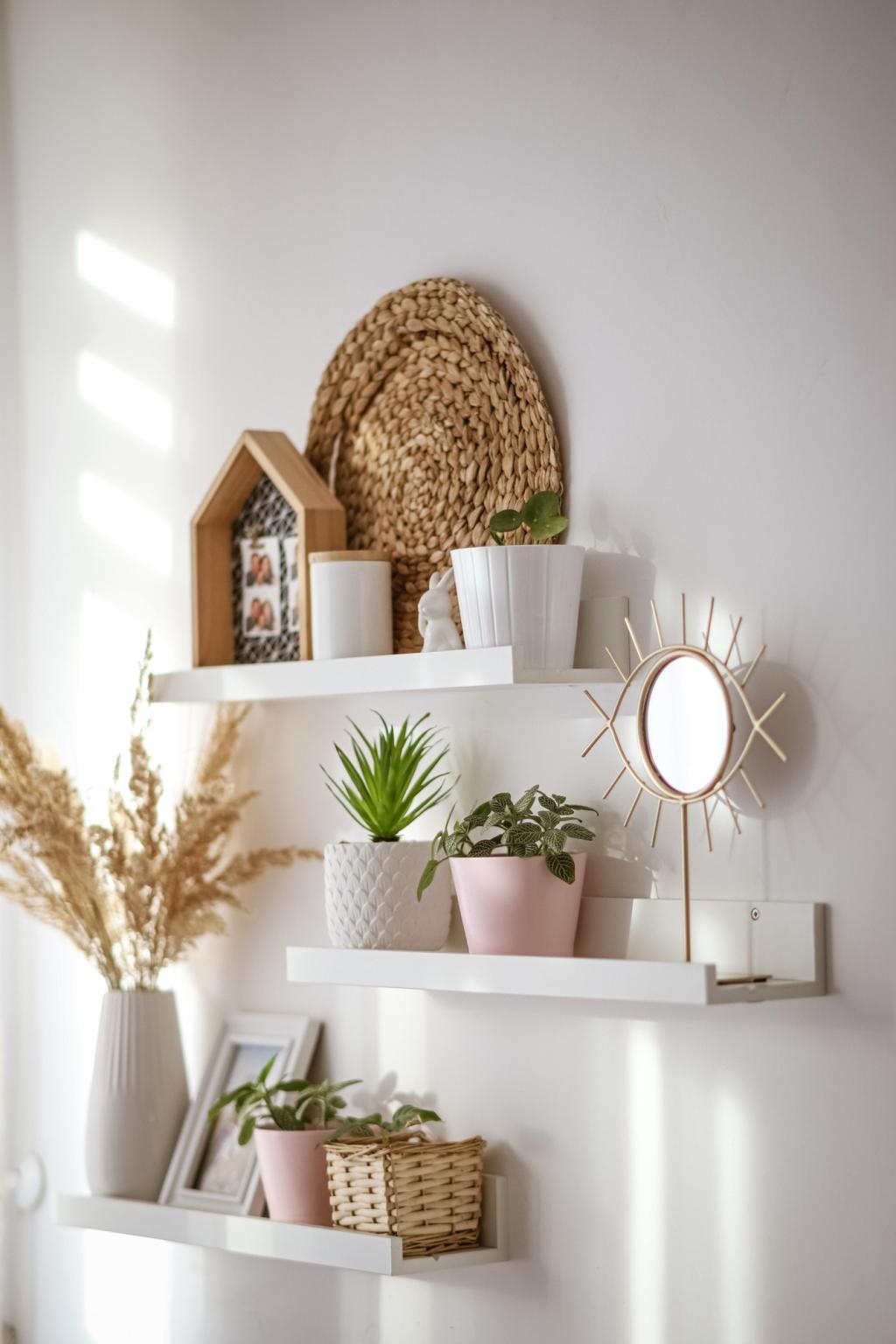
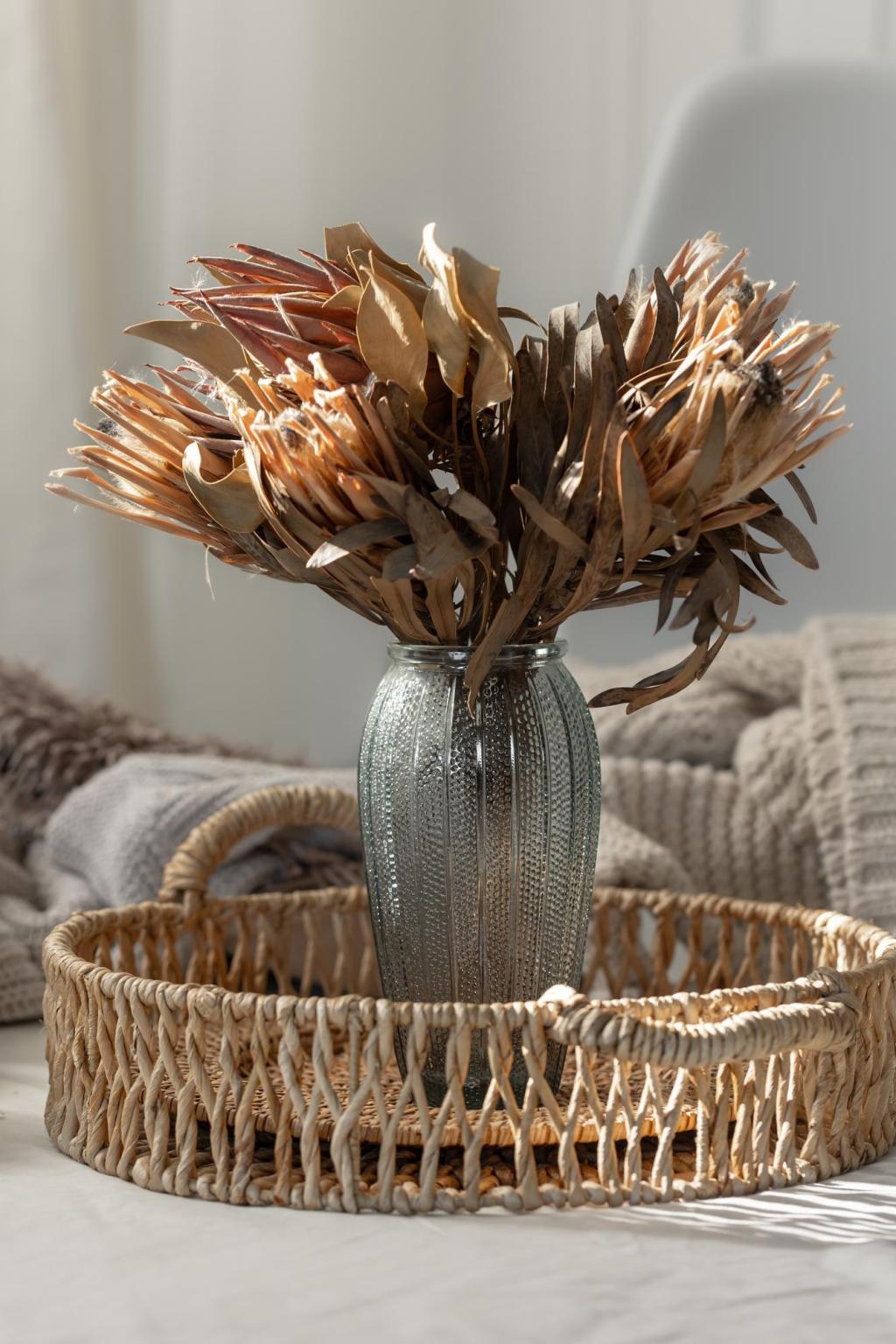
What’s Inside the Seat
Jute webbing, hand-tied springs, and hessian layers create responsive seats with satisfying resilience. These time-tested elements distribute weight evenly and reduce pressure points. When restored properly, traditional foundations can outlast quick-fix substitutes, giving you that luxurious sit without relying on foam-heavy construction.
What’s Inside the Seat
Horsehair adds lively spring, coir offers firm body, and wool batting regulates temperature while resisting clumping. Natural latex provides buoyant cushioning with fewer petrochemicals. Blending these materials yields tuned comfort—firm where you need support, plush where you want to linger over tea and conversation.
Care, Cleaning, and Longevity
Everyday Maintenance Rituals
Vacuum weekly with a soft brush, rotate and flip cushions, and smooth wrinkles to settle fibers. Spot-brush linen to lift dust, and use a fabric shaver sparingly on any early pills. These small routines lengthen life and preserve the tactile qualities you fell in love with.
Spills and Stains, The Natural Way
Blot—never rub—then treat quickly with cool water and a mild, pH-balanced soap. For solvent-only fabrics, follow the manufacturer’s code and always test in a hidden spot first. Avoid harsh treatments and fluorinated protectors; breathable textiles reward gentle care and sensible prevention, like coasters and throws.
Moth and Mildew Defense
Keep rooms ventilated and dry, especially around wool and natural batting. Use cedar, diligent cleaning, and sunlight exposure to discourage pests. If storage is necessary, seal items clean and dry. Share your tried-and-true tricks in the comments so we can crowdsource a natural care playbook.
Weaves that Work
Plain weaves deliver durability, twills bring drape and diagonal charm, and herringbone offers refined movement. Basketweaves add depth, while wool bouclé lends cozy, nubby interest. Choose tighter constructions for busy rooms, and reserve delicate slubs for accent chairs that deserve a second glance.
Color, Dye, and Patina
Plant-inspired palettes and piece-dyed linen create subtle highs and lows that read as depth rather than flat color. Consider yarn-dyed fabrics for better colorfastness. Natural patina—softening sheen, gentle creasing—adds character that photographs beautifully. Tell us: do you embrace aging gracefully or prefer crisp, new finishes?
Mixing Fibers Intelligently
Blending linen with wool or cotton can combine breathability, recovery, and strength without sacrificing a natural hand. A touch of natural latex in the cushion core supports the fabric’s performance. Build your palette around tactile harmony, then layer throws and pillows to fine-tune comfort and contrast.
A Story from the Workshop
We reupholstered a sun-faded settee with a hemp–linen fabric, tightened the jute webbing, and rebuilt the seat with coir and wool batting. The result felt alive—springy yet grounded. The client said it finally matched her slow mornings, open windows, and shelves filled with well-loved books.
Swatches tell the truth: live with them on your chair for a week, in morning glare and evening lamplight. Ask for rub counts, fiber percentages, and finishing details. If your upholsterer lights up discussing foundations and batting, you have found someone who respects natural materials.
What natural fibers have earned a permanent place in your home? Share your photos, leave a tip, or ask a question below. Subscribe for practical guides, sourcing notes, and behind-the-scenes stories that celebrate Natural Fibers in Upholstery—one well-loved seat at a time.
